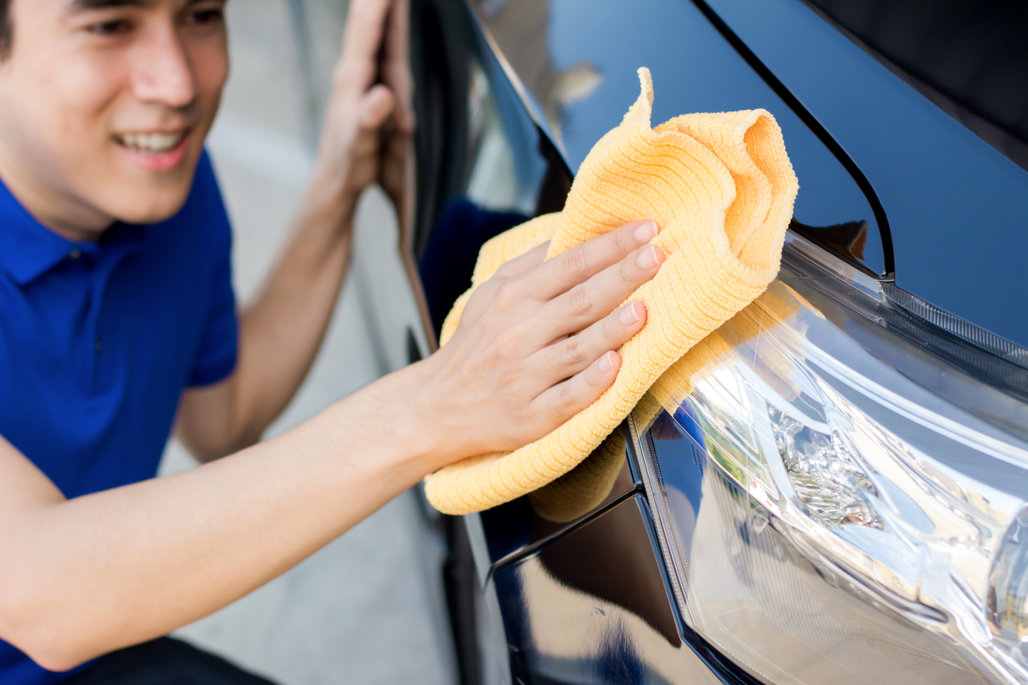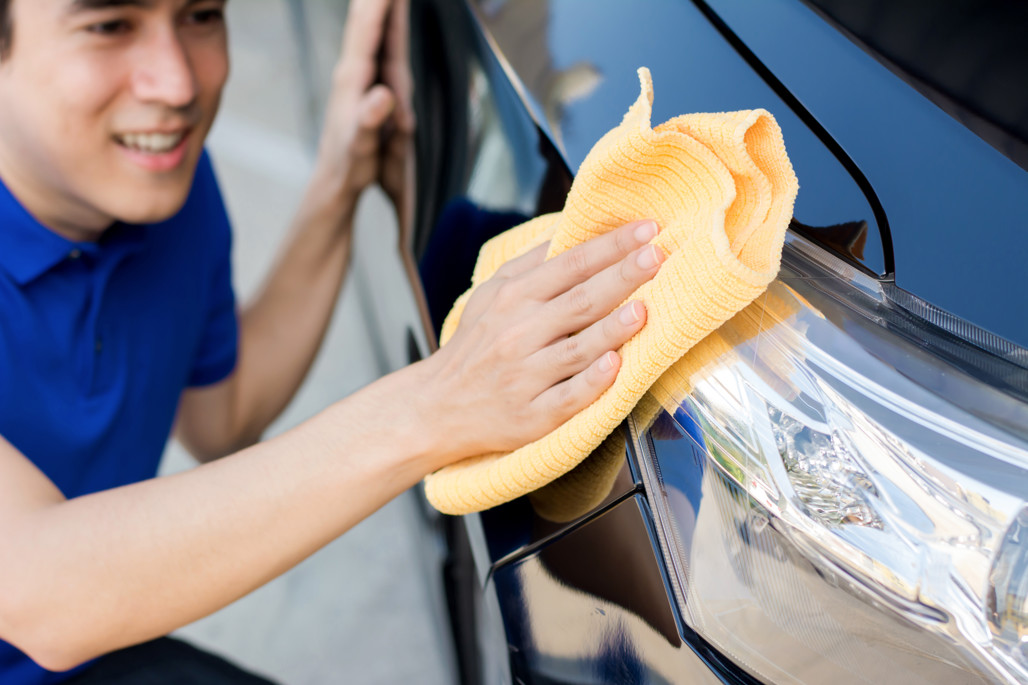Car paintwork is one of the most visible and important aspects of your car’s appearance. It can also be one of the most vulnerable to damage from various sources, such as scratches, bird droppings, UV rays, dirt, and chemicals.
If you want to keep your car’s paintwork in good condition and prevent costly repairs, you need to take proper care of it. Here are some tips on how to do that.
Wash your car regularly
Washing your car is the first and most basic step in car paintwork care. It removes dust, dirt, insects, and other contaminants that can dull, stain, or corrode your car’s paint. Washing your car also prevents swirl marks and scratches caused by rubbing dirt against the paint surface. Ideally, you should wash your car at least once a fortnight - or more often if it is exposed to harsh conditions - but that's not entirely practical for a lot of people.
When washing your car, use a gentle car shampoo and a soft sponge or microfibre cloth. Avoid using household detergents, abrasive cleaners, or brushes that can damage your car’s paint. Rinse your car thoroughly with clean water and dry it with a chamois, soft towel or a squeegee. Do not let your car air dry, as this can leave water spots and streaks on the paint.
Wax your car regularly
Waxing your car is another essential step in car paintwork care. Waxing creates a protective layer on top of your car’s paint that repels water, dirt, and UV rays. Waxing also enhances the shine and gloss of your car’s paint and makes it easier to clean. You should wax your car at least twice a year or more often if you drive frequently or in harsh weather.
When waxing your car, use a high-quality car wax that suits your car’s paint type and color. Apply the wax evenly and thinly with a soft applicator pad or a buffer. Follow the instructions on the product label and do not wax your car in direct sunlight or when the paint is hot. Buff the wax off with a clean microfibre cloth and check for any missed spots.
Polish your car occasionally
Polishing your car is an optional but beneficial step in car paintwork care. Polishing removes minor scratches, swirl marks, oxidation, and other imperfections from your car’s paint surface. Polishing also restores the clarity and depth of your car’s paint color and prepares it for waxing. You should polish your car once or twice a year or whenever you notice signs of paint damage.
When polishing your car, use a mild car polish that is compatible with your car’s paint type and color. Apply the polish sparingly and gently with a soft applicator pad or a buffer. Work in small sections and avoid applying too much pressure or speed. Wipe off the excess polish with a clean microfibre cloth and inspect the results.
Avoid common sources of paint damage
Besides washing, waxing, and polishing your car, you should also avoid some common sources of paint damage that can ruin your car’s appearance, or at least wash them off as soon as possible.
Bird droppings are acidic and corrosive and can etch into your car’s paint if left untreated. You should wash them off as soon as possible with water and a mild detergent, while tree sap is sticky and hard to remove and can attract dirt and insects to your car’s paint. You should remove it as soon as possible with a specialised sap remover or rubbing alcohol.
If you drive at night insects can splatter on your car’s paint and leave stains and residues that can damage the paint surface. You should remove them as soon as possible with a specialised insect remover or water and a mild detergent, while common car-based chemicals such as brake fluid, petrol or diesel can stain or corrode your car’s paint if spilled or splashed on it. You should rinse them off as soon as possible with our old favourite; water and a mild detergent
Also keep in mind that sunlight can fade, crack, or peel your car’s paint over time due to UV exposure. You should ideally park your car in the shade or use a car cover when possible if you want to keep it in top condition.
Car paintwork care is not difficult or expensive if you follow these simple tips. By washing, waxing, polishing, and avoiding common sources of paint damage, you can protect your car’s paint from deterioration. You may not be able to do all of these things, or do them as often as recommended, but doing them on a regular basis will help keep your car looking shiny and new for years to come.




